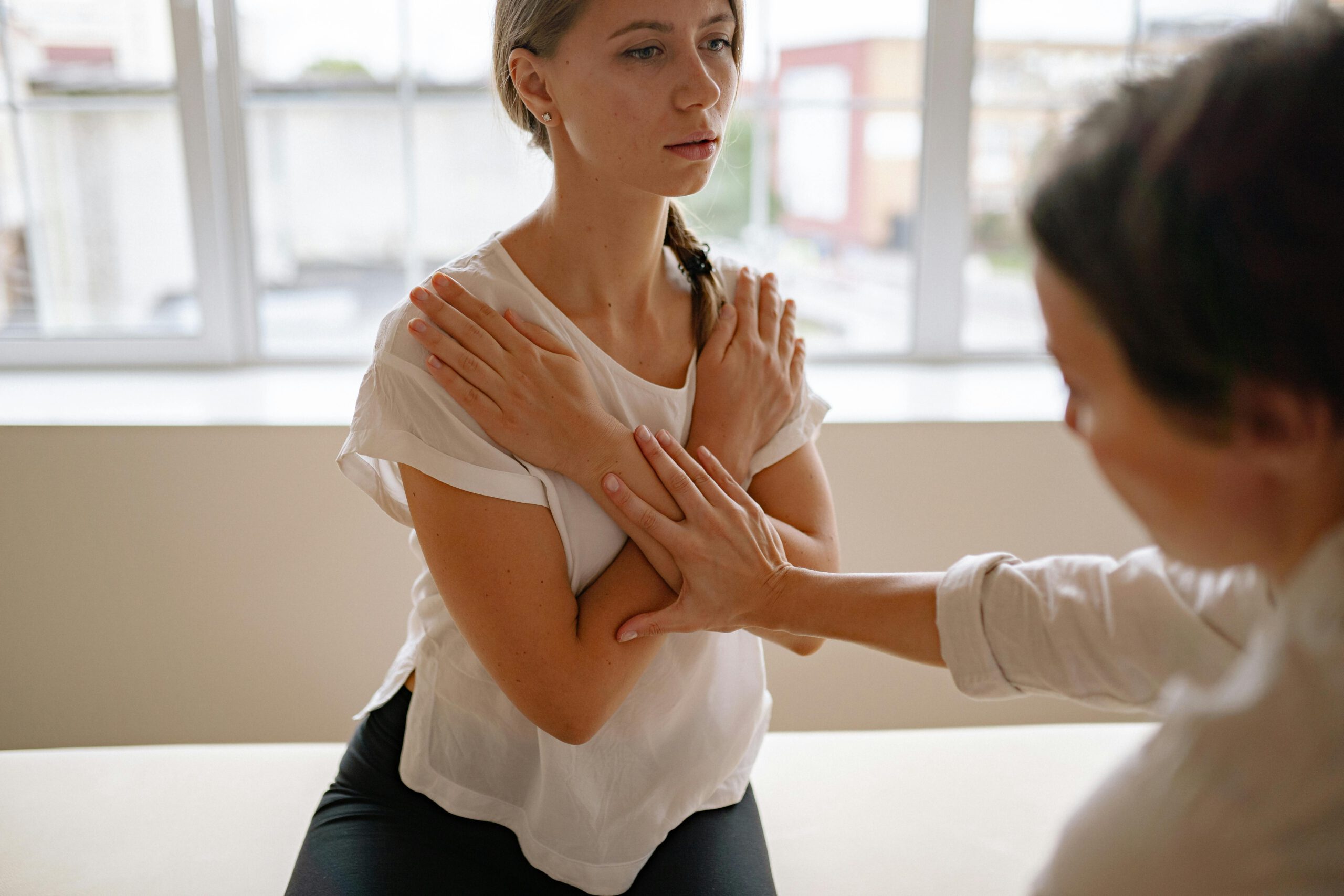Osteopathy: What is it?

Osteopathy is based on the premise that all body systems (musculoskeletal, visceral, cranial) are interconnected. When one part of the body is affected, it can create tension and imbalances in other areas.
The osteopath, through gentle and precise manual techniques, seeks to:
- Detect restrictions: Identifies areas of the body where there is a loss of mobility or excessive tension.
- Release tensions: Uses different manual techniques to release tensions and restore tissue mobility.
- Facilitate self-healing: The ultimate goal is for the body to regain its natural balance and activate its own self-healing mechanisms.
What are the benefits of osteopathy? - Pain relief: It is very effective in relieving muscle, joint, and head pain.
- Improved mobility: Restores joint and muscle mobility, improving flexibility and range of motion.
- Reduction of inflammation: Reduces inflammation in soft tissues, contributing to faster recovery.
- Improved circulation: Stimulates blood and lymphatic circulation, promoting tissue oxygenation and toxin elimination.
- Postural balance: Corrects postural imbalances and aligns the body structure, preventing future injuries.
- Deep relaxation: Induces a state of deep relaxation, reducing stress and anxiety.
- Holistic approach: Treats the body as a whole, seeking the root cause of the problem and not just the symptoms.
What are the main branches of osteopathy?
Structural osteopathy: Focuses on the musculoskeletal system, treating problems such as back pain, neck pain, joint pain, and sports injuries.
Visceral osteopathy: Works with the internal organs, treating digestive, respiratory, and gynecological problems.
Cranial osteopathy: Focuses on the skull and nervous system, treating headaches, migraines, vertigo, and concentration problems.
Who is osteopathy for?
Osteopathy can benefit people of all ages, from babies to older adults. It is indicated for treating a wide variety of ailments, both acute and chronic.
Is osteopathy painful?
No, osteopathy is not painful. The techniques used are gentle and precise, and are adapted to the needs of each patient.
